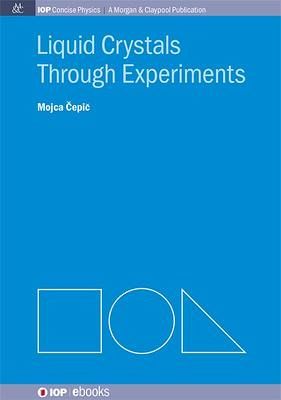
Liquid Crystals through Experiments
Versandkostenfrei!
Versandfertig in über 4 Wochen
111,99 €
inkl. MwSt.

PAYBACK Punkte
56 °P sammeln!
Soon after she became involved in the didactics of physics, the author of this book realized that the transfer of new discoveries in physics into schools and to undergraduate programs is almost non-existent. Such an introduction is difficult as students' k


